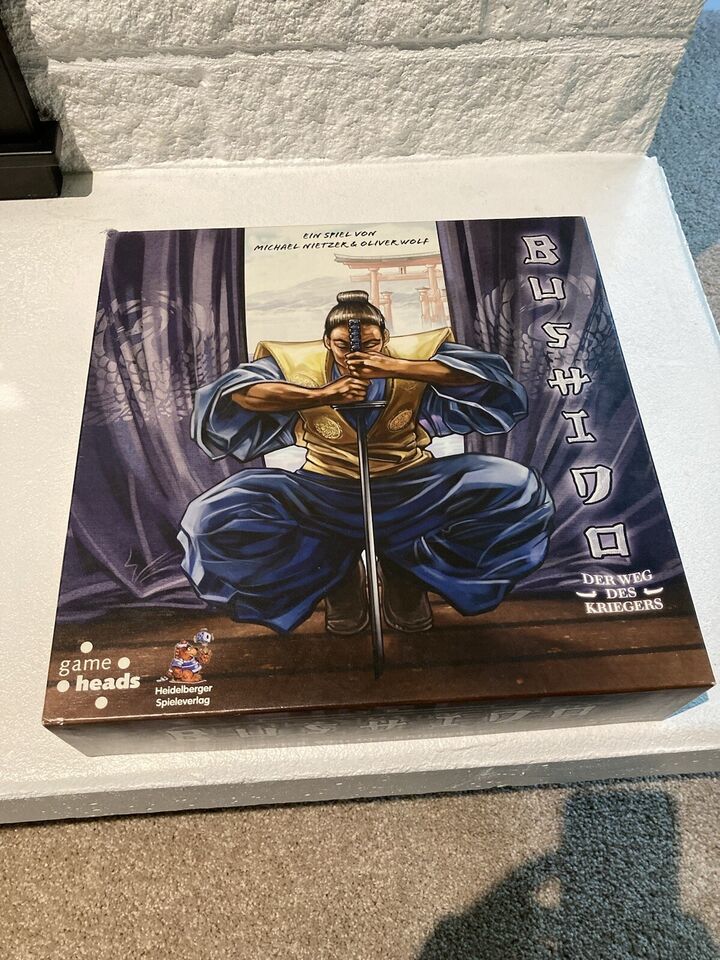Bushido (2018)
Bushido
Bulls and Cows is a code-breaking mind or paper and pencil game for two or more players, with origins dating back to at least the 19th century. The exact year of its invention is not known, but it predates the commercially marketed board game Mastermind, which was developed by Mordechai Meirowitz in 1970. The game has been played on early mainframe computers, Unix, and Multics systems.
Why is Bushido Popular?
Bulls and Cows is a popular and significant game because it is a simple yet fun code-breaking game that has been played for over a century. It is the predecessor of Mastermind and has been adapted into various versions, including word-based games like Wordle. The game is enjoyed by players of all ages and has been a part of family and social gatherings for generations.
Game Components of Bushido
How To Setup Bushido
To set up Bushido, players start by drafting their Technique cards. Each player selects one of four revealed skill cards in a series of five rounds, discarding the remaining two and drawing new ones until each has a hand of five cards. Players then select their weapons and decide on their starting guard position. The player who drafted their Technique cards second goes first in the game.
Gameplay Mechanics and Game Objective
Player Experience
In Bushido, players operate as dueling martial artists, employing techniques and weapons in a combat frenzy. The game alternates between players as they take turns playing cards or changing guards. Deciding when to attack, defend, or change guard is crucial, as it affects the momentum of the fight. The game can end in one-round KOs or through gradual attrition, making each match tense and engaging.
Pros
Cons
Personal Thoughts on Bushido
Bushido is ideal for fans of two-player games, particularly those who enjoy martial arts themes and direct competition. It offers a unique blend of strategy and luck, making it engaging and replayable. If you’re looking for a game that simulates a duel between rivals with meaningful strategic choices, Bushido is a great addition to your collection. However, if you’re not fond of dice rolling or prefer games with more polished art, you might want to consider other options.
We are supported by our audience. When you purchase through links on our site, we may earn an affiliate commission, at no extra cost for you. Learn more.

